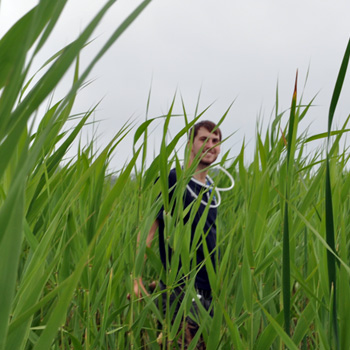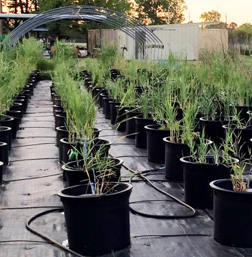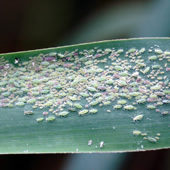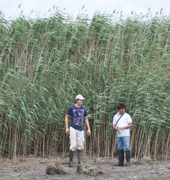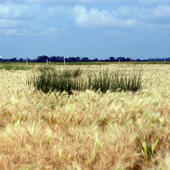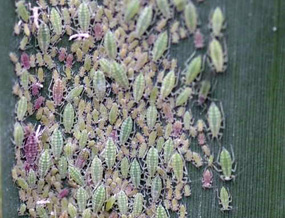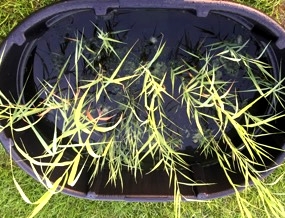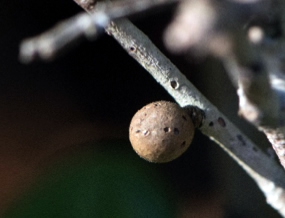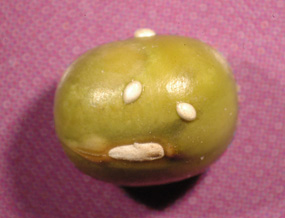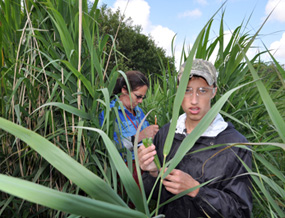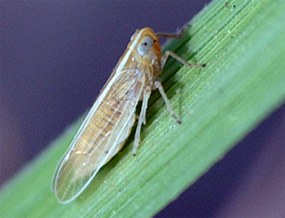Evolution and Ecology of Invasive Plant Species
It doesn't take long working in tall-grass prairies or coastal marsh habitats to realize the extent to which invasive plant species have altered the structure and function of these ecosystems. Over the past 20 years, my interests in invasive plant species has grown and I am currently involved in several research projects associated with two invasive-plant systems: (1) the invasive grass, Bromus inermis in tall-grass prairies of the North American Great Plains, and (2) the common reed, Phragmites australis in coastal marshes.
The Biogeography of Invasive Plant-Soil Feedbacks and Plant-Pathogen Interactions
Although plant-soil feedbacks and plant-pathogen interactions are known to be critical to plant demography, community structure and ecosystem processes, we know very little about how these interactions vary spatially, or how they in turn influence continent-wide plant invasions. We addressed these questions using common reed, Phragmites australis. Read more
Role of Genome Duplication, Climate Change and Natural Enemies in the Range Expansion and Invasibility of Plants
Genome characteristics such as ploidy level and genome size are attributes that influence many plant traits and interactions with higher trophic levels, which in turn can affect a plant’s ability to expand its range or invade new habitats. As part of an international team of collaborators, we have investigated these questions with Phragmites australis. Read more
The Biogeography of Invasions: Role of Plant-Herbivore Interactions
Biologists have recently recognized that contemporary evolution may play an important role in successful species invasions. For plant species, theory and the preponderance of empirical data suggest that latitudinal clines should evolve with regard to palatability and defense traits (palatability should increase and defenses decrease with increasing latitude). Read more
Effects of Large-Scale Disturbances on the Proliferation and Spread of Phragmites australis
Biological invasions impose considerable threats to the world's biodiversity and incur substantial economic losses. In the U.S., non-native species have caused environmental damage and losses adding up to almost $120 billion per year (Pimentel et al. 2005). Also, 42% of the species on the threatened or endangered lists are at risk of extinction primarily because of invasive species. Read more
Invasive Plant Species Affect Native Faunal Species Via Their Impact on the Connectivity Among Native Habitat Patches
The invasion and spread of exotic plant species is a major threat to population persistence and biodiversity in general. A plausible way in which exotic plant species might affect native faunas is via their effects on connectivity among native habitat patches (Cronin & Haynes 2004). Read more
